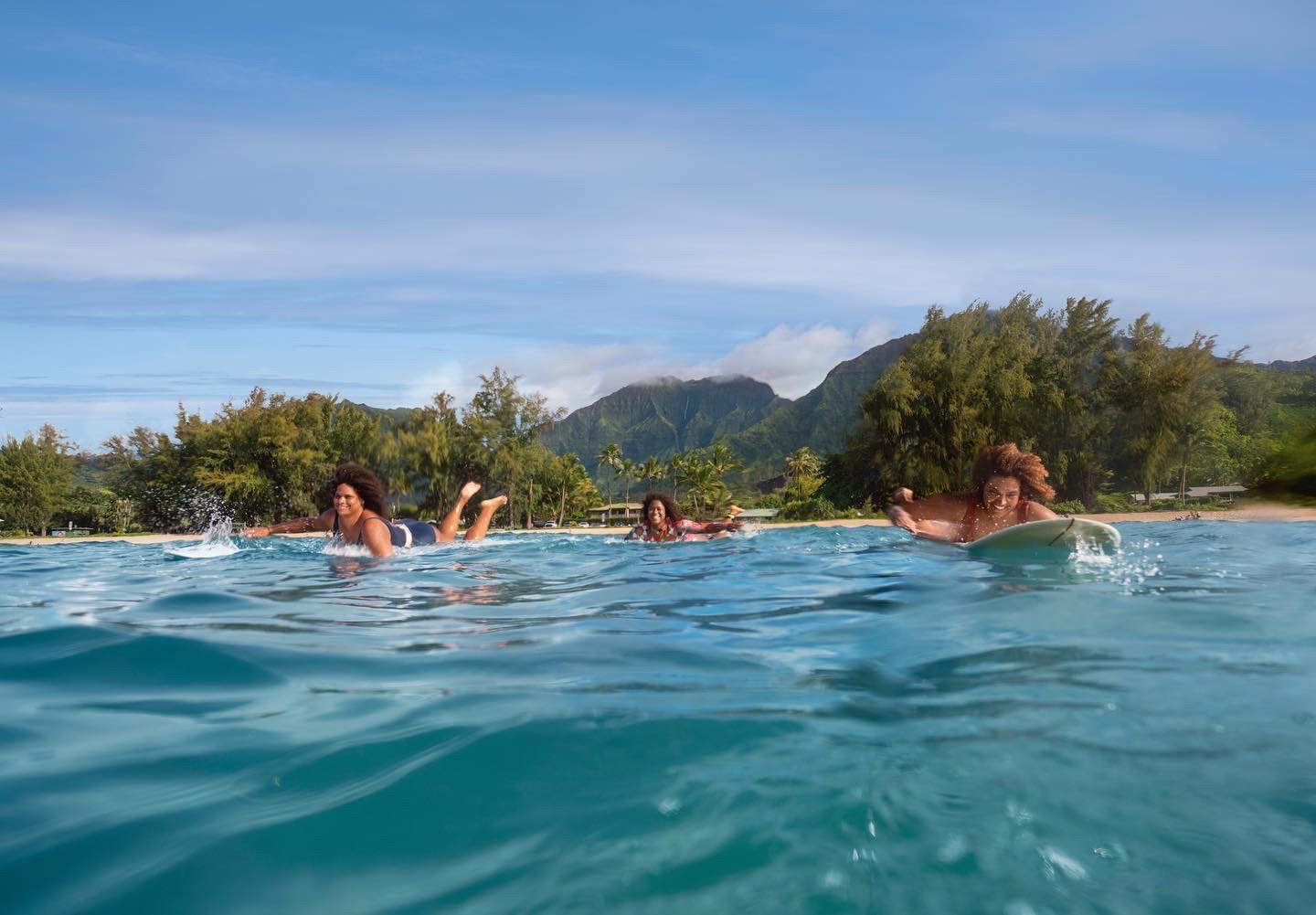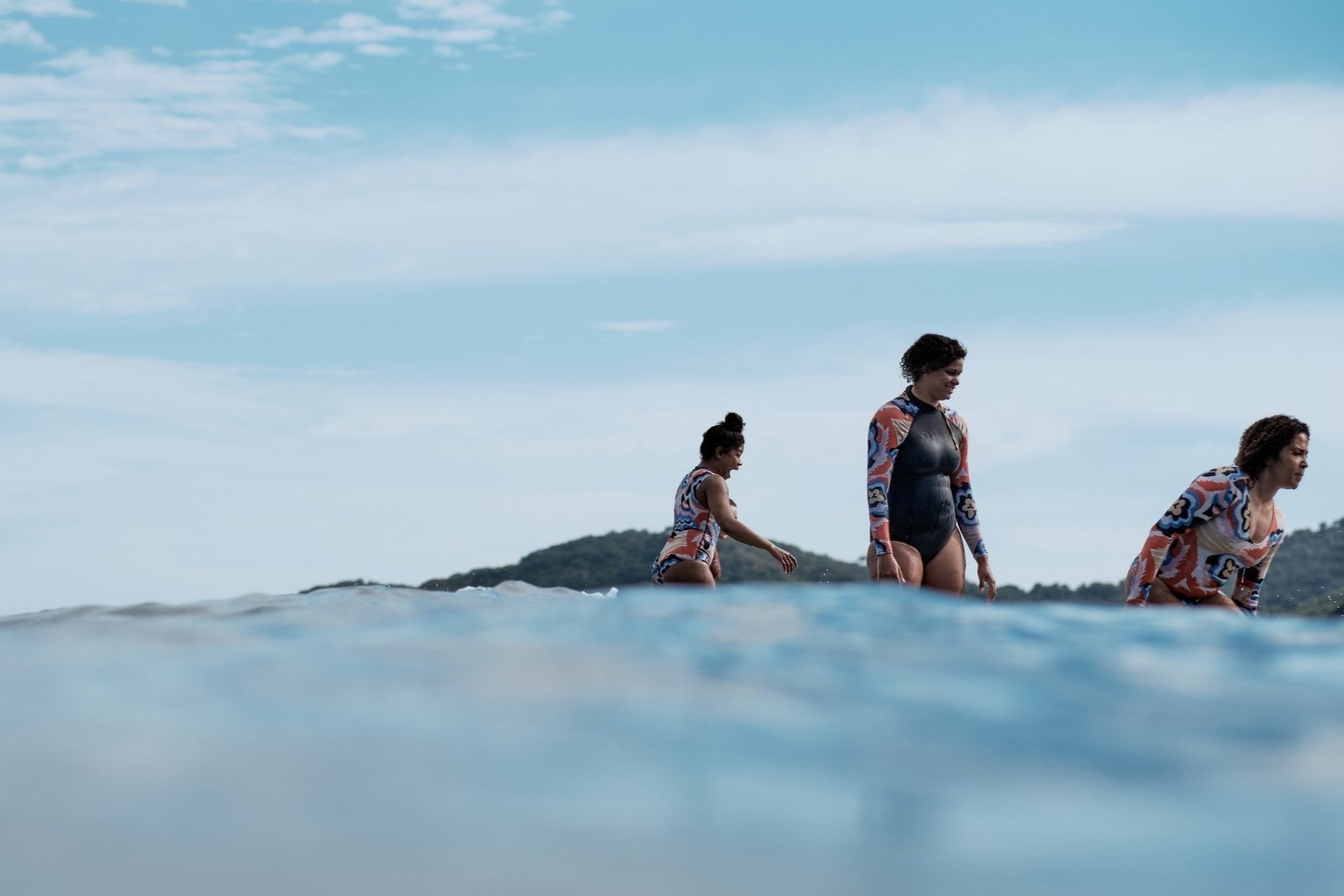More Waves Less Plastic: Textured Waves
As part of our #plasticfreejuly initiative, More Waves, Less Plastic, we wanted to hear from various communities around the world, and learn how the use of plastic has impacted them specifically. From raw material extraction, to manufacturing, to disposal, it is known that plastic disproportionately impacts BIPOC communities. The ladies at Textured Waves give us some insight into why, and how they do their part as female surfers.
Textured Waves is a surf collective created by Chelsea Woody, Danielle Black Lyons, and Martina Duran that invites more women of color into the ocean.
The group aims to be a voice for Black women and other marginalized people who feel underrepresented in the predominantly white and male surf community. Textured Waves seeks to promote diversity in the water and build community.
Photo credits to Phil Schlieder
Chelsea Woody, Danielle Black Lyons, and Martina Duran came together to found the group in 2019, after each battling underrepresentation on their respective coasts: Woody is based in Santa Cruz in California, Black Lyons in San Diego, and Duran in Honolulu. Despite living thousands of miles apart, these complete strangers bonded over being African American female surfers. For each of them, it was rare to spot another Black female surfer in the lineup when they first started surfing. They didn’t feel represented in surf media, so they decided to create a space for women of color, specifically African American women, to see themselves in the sea. They hope to inspire women to try surfing and to shed any insecurities they may have in the outdoor spaces.
Photo credits to Nick Lavecchia & Sarah Lee
How does the use of plastic impact BIPOC communities?
Statistics show that plastic pollution disproportionately affects communities of color. 79% of garbage incinerators in the United States are located in black, Indigenous, and people of color (BIPOC) communities and the pollutant fumes produced by incinerating plastic have toxic effects when inhaled. Poor air quality is among the increased health risks of living near a plastic production site and use of plastic products can transfer plastic into our food, water, and air, as well as the presence of microplastics that easily enter our bodies.
How do you approach this as female surfers?
We do our part as individuals by using reusable water bottles, cutlery and bags. We refuse straws and single use plastics so they don’t end up in our oceans and shop local and sustainable products when possible. We always try to choose less harmful products to wear in the water – like Yulex and Geoprene – and support zero waste, Black owned eco surfboard manufacturing such as @eco.byry.
What do you see on your travels?
Single use plastics and microplastics are present on every beach. Most recently microplastics were found in fresh Antarctic snow. Some places have a stronger handle on it but these are typically wealthy countries that have this privilege. We must do better as a society and stop production at the source and refuse these items in our everyday lives as consumers.
You can learn more about Textured Waves here.



